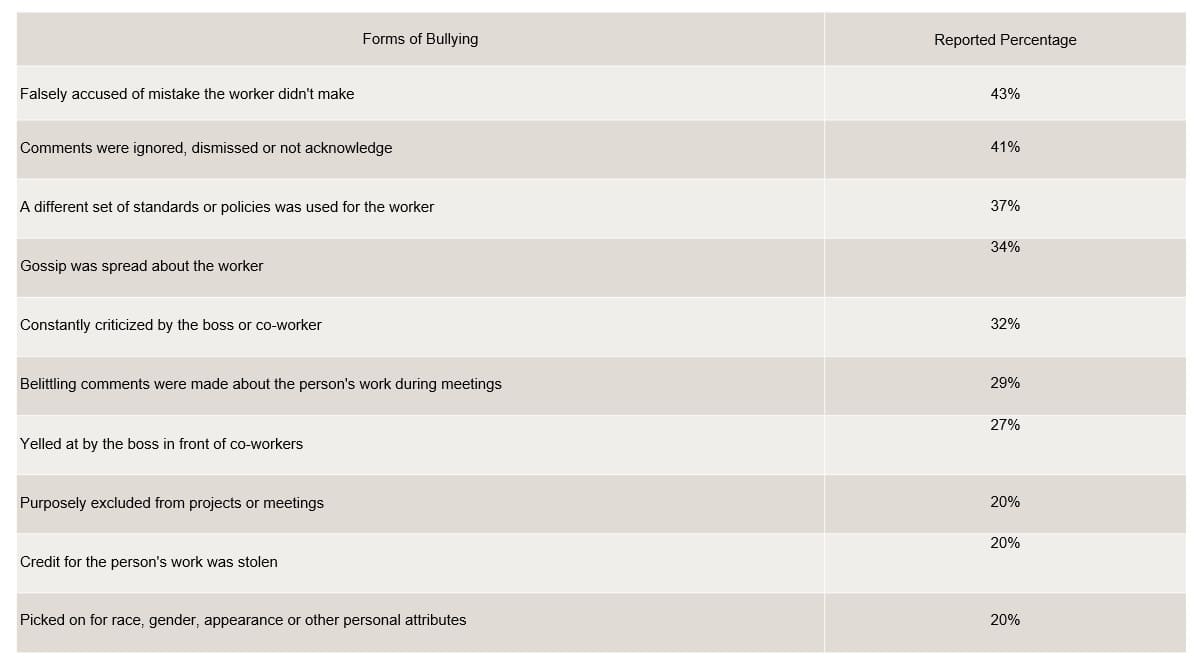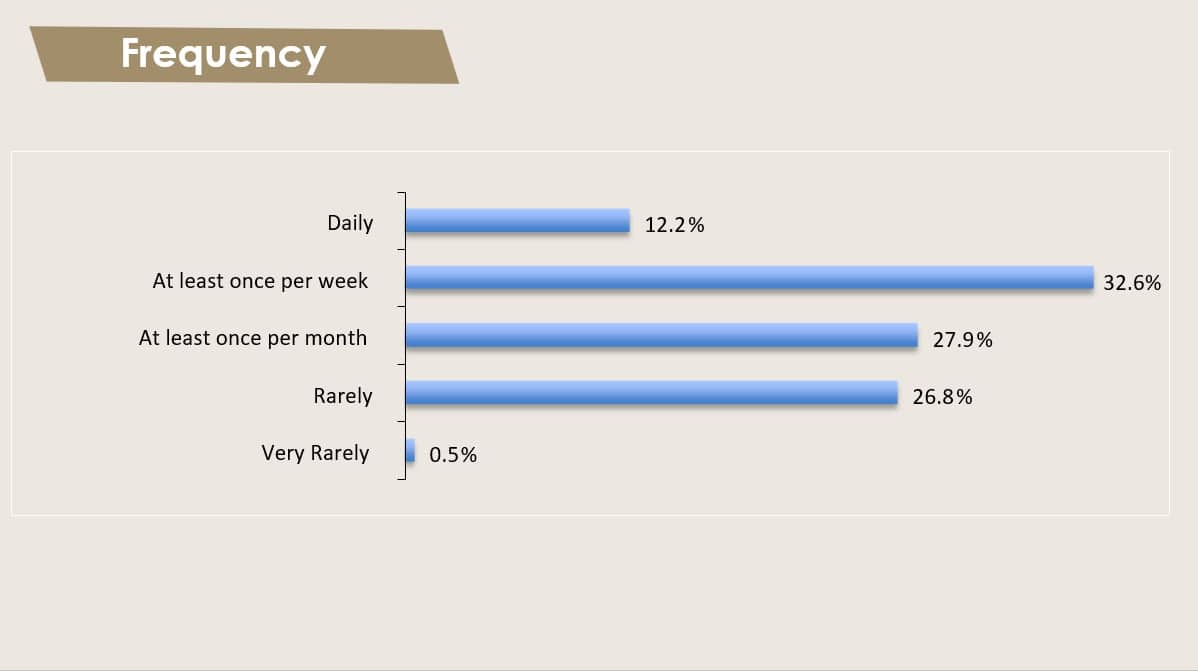Dealing with Workplace Bullying;
Identifying Types, Debunking Myths and Establishing Prevention Measures
Workplace bullying is a problem that must never be tolerated. However it can be quite challenging to handle if you find yourself as the target especially when your organisation lacks policies to address behaviour. According to principles every worker deserves dignity and respect in their workplace. Nevertheless recognising workplace bullying and knowing how to deal with the person can feel overwhelming.
Understanding Workplace Bullying;
Workplace bullying refers to unjustifiable actions aimed at an employee, with the intention of causing offense, intimidation, degradation, humiliation or endangerment of their well being. This behaviour may be related to characteristics such as gender, race, social class, religion or place of origin. All protected under rights. Workplace bullying can occur face to face or through written communication like emails or phone calls consistently eroding the victims confidence and self worth.
Distinguishing Between Bullying and Harassment;
While there are similarities, between workplace bullying and harassment they differ subtly. Harassment involves unwelcome behaviour that constitutes a form of discrimination significantly affecting an individuals work environment.
Sexual harassment for example is defined as advances of a nature requests, for sexual favours or disrespectful behaviour that creates an unpleasant or hostile work environment. Both bullying and harassment involve the misuse of power.
Understanding Bullying Dynamics;.
Jealousy; instances of bullying arise from feelings of jealousy, where the bully perceives the victim as a threat. Bullying Based on Gender and Popularity; Research has indicated that workplace bullying is widespread and manifests in the following ways;
- Popular employees are more susceptible to being bullied by others who might resent their success.
- Male bosses tend to bully subordinates while female bosses often target employees. The motivations behind bullying vary for each gender; males are often targeted based on their job performance while females may face it due to moral values.
Indicators of Workplace Bullying; To identify whether you or a colleague is experiencing workplace bullying watch out for the signs;
- Unjustified. Insults.
- Spreading rumours.
- Being excluded, isolated or victimised.
- Experiencing advances that create a work environment.
- Misuse of power, through supervision or monitoring.
Addressing Workplace Bullying;
Despite the documented impact it has workplace bullying continues to be a prevalent issue. In Australia 30% of employees experience bullying and countries, like India and Germany have higher rates. Unfortunately this problem often goes unaddressed due, to misconceptions and ineffective measures.
Although these are older statistics, the increase post covid has been something to note.
Common Misconceptions About Workplace Bullying;
Myth; Bullies are performers. Truth; In reality bullies are often performers who unjustly take credit for others work. Myth; Bullying enhances performance. Truth; Bullying actually hampers the performance of those who are already struggling by causing distress and hindering their progress. Myth; Bullies act in the interest of the organisation. Truth; Bullies prioritise their self interests at the expense of the organisation.
Ineffective Strategies; Traditional methods of dealing with bullying often fall short for reasons. Firstly reactive approaches only tackle bullying once harm has already occurred, placing emphasis on the need, for prevention. Secondly putting the burden of proof on targets disregards the impact of bullying can be practically impossible for victims. Thirdly focusing solely on individual level interventions overlooks the nature of bullying and its underlying systemic causes. Lastly concentrating on forms of bullying fails to address covert and instrumental types.
A Comprehensive Approach, to Cultivating a Safer Work Environment; To effectively combat workplace bullying organisations must adopt an approach that prioritises prevention and systemic changes. Tackling the root causes of bullying necessitates a multifaceted strategy that includes;
- Implementing measures
- Instituting changes
- Focusing on behaviour
By fostering a culture defined by respect and fairness organisations can safeguard the well being and productivity of all their employees.
Understanding Workplace Bullying; Types, Impact and Differentiations. Defining Workplace Bullying; Workplace bullying is a distressing issue that often involves the misuse of power. It encompasses behaviours that belittle, intimidate, offend or embarrass an employee in front of others. Such behaviour makes the victim feel powerless and violates their right to be treated with dignity, at work.
Differentiating Bullying from Aggression; It’s important to distinguish bullying from acts of aggression. Bullying entails attacks on the target creating a pattern of behaviour. While demanding or strict bosses may have expectations they are not necessarily bullies. Peer, to peer bullying is also common. Not restricted to supervisors targeting employees.
Examples of Bullying Behaviours; Recognising bullying is crucial. Here are some instances;
- Unjustified or unfounded criticism.
- Blaming without supporting evidence.
- Treating someone differently compared to their colleagues.
- Verbal. Raising ones voice.
- Isolating someone.
- Public humiliation.
- Practical jokes.
- Excessive monitoring of an individuals activities.
Understanding Workplace Bullies; Not all bullies conform to stereotypes; some employ tactics making them even more dangerous. They often appear trustworthy and respectable. Can betray trust when it serves their ambitions. To them the end result always justifies their actions. Clever bullies possess the skills to create an illusion of success even though their behaviour is destructive.
Patterns of Bullying and its Impact; Workplace bullying can take on patterns of behaviour including deceit, distortion, misrepresentation and manipulation. The bully seeks to dominate individuals they perceive as weak or vulnerable. Bullying goes beyond overt aggression. Encompasses tactics of manipulation and coercion.
Accidental, vs Intentional Bullying; Not everyone who exhibits bullying behaviours is necessarily a workplace bully. Sometimes individuals who genuinely care about your well being may try to influence your actions for your benefit even if their approach isn’t ideal. A single incident of raised voices may be a result of stress than a consistent pattern of bullying. True bullies have self serving motives with no consideration for others well being resorting to any means to gain compliance.
Corporate/Institutional Bullying; This form of bullying becomes deeply ingrained in an organisations culture. It may involve setting expectations labelling employees experiencing stress as “weak ” or encouraging complaints against colleagues. Indicators include a rise, in grievances filed increased resignations and disciplinary measures being taken.
The Impact of Bullying, on Organisations; Workplace bullying can have repercussions for companies, such as increased employee turnover disrupted work efforts and expenses related to investigations and legal proceedings. When organisations are plagued by bullying it negatively impacts employee morale, productivity and creativity leading to heightened levels of stress, depression and health issues. In addition trust within the workplace is eroded, further impeding the effectiveness of the organisation.
Bullying vs. Harassment; Harassment is a form of discrimination that involves offensive behaviour that significantly affects an employees working conditions based on their protected class status. On the hand while bullying can be harmful well it does not always involve discrimination based on protected characteristics.
Bullying vs. Retaliation; Retaliation occurs when negative actions are taken against an individual who has filed a complaint regarding discrimination. This type of retaliation differs from bullying in that it focuses on a pattern of behaviour, than a single act of reprisal.

David Alssema is a Body Language Expert and Motivational Speaker. As a performer in the personal development industry in Australia he has introduced and created new ways to inspire, motivate and develop individuals.
David Alssema started his training career with companies such as Telstra and Optus Communications, and then developed Neuro-Linguistic Programming (NLP) within workplace training as principal of Paramount Training & Development.
As an author/media consultant on body language and professional development David has influenced workplaces across Australia. He contributes to Media such as The West Australian, ABC Radio, Australian Magazines and other Australia Media Sources.








